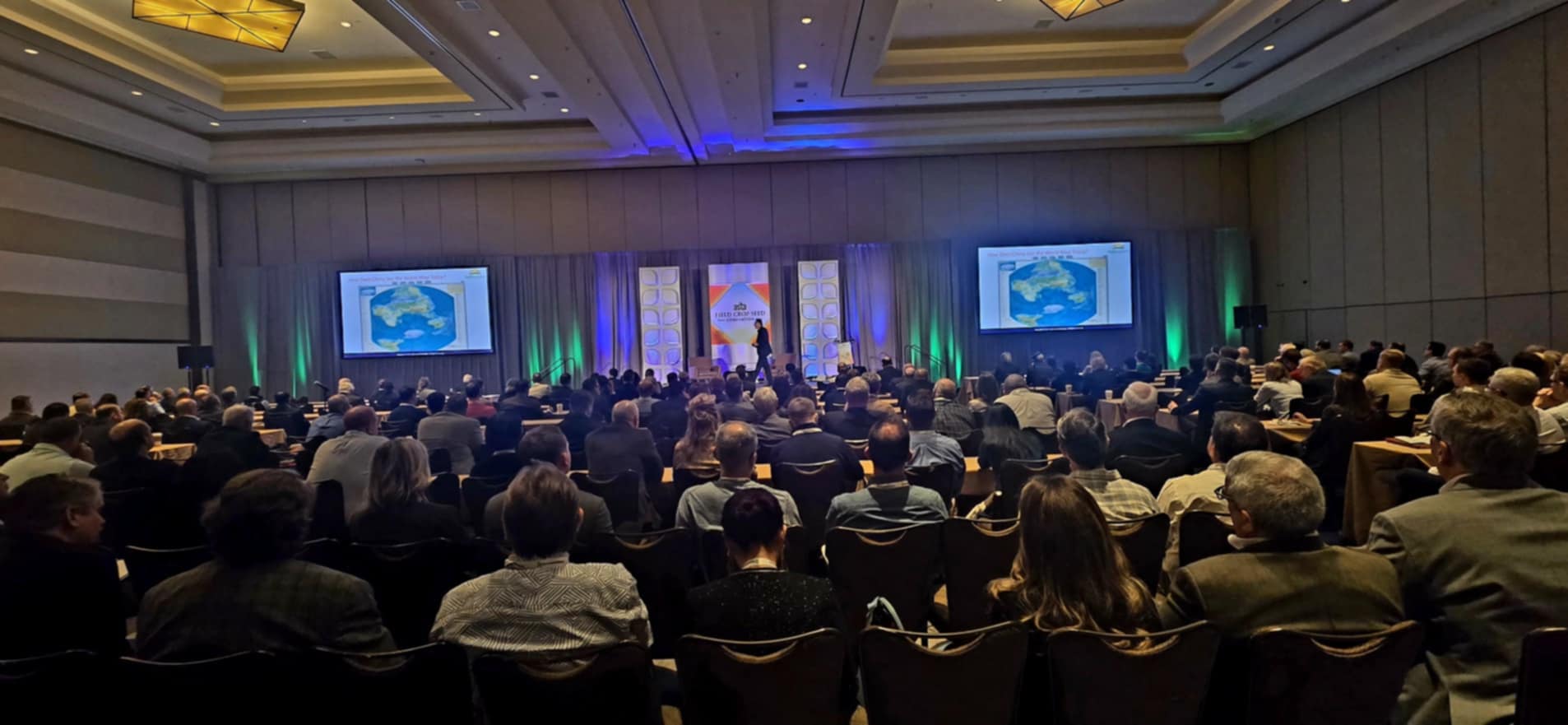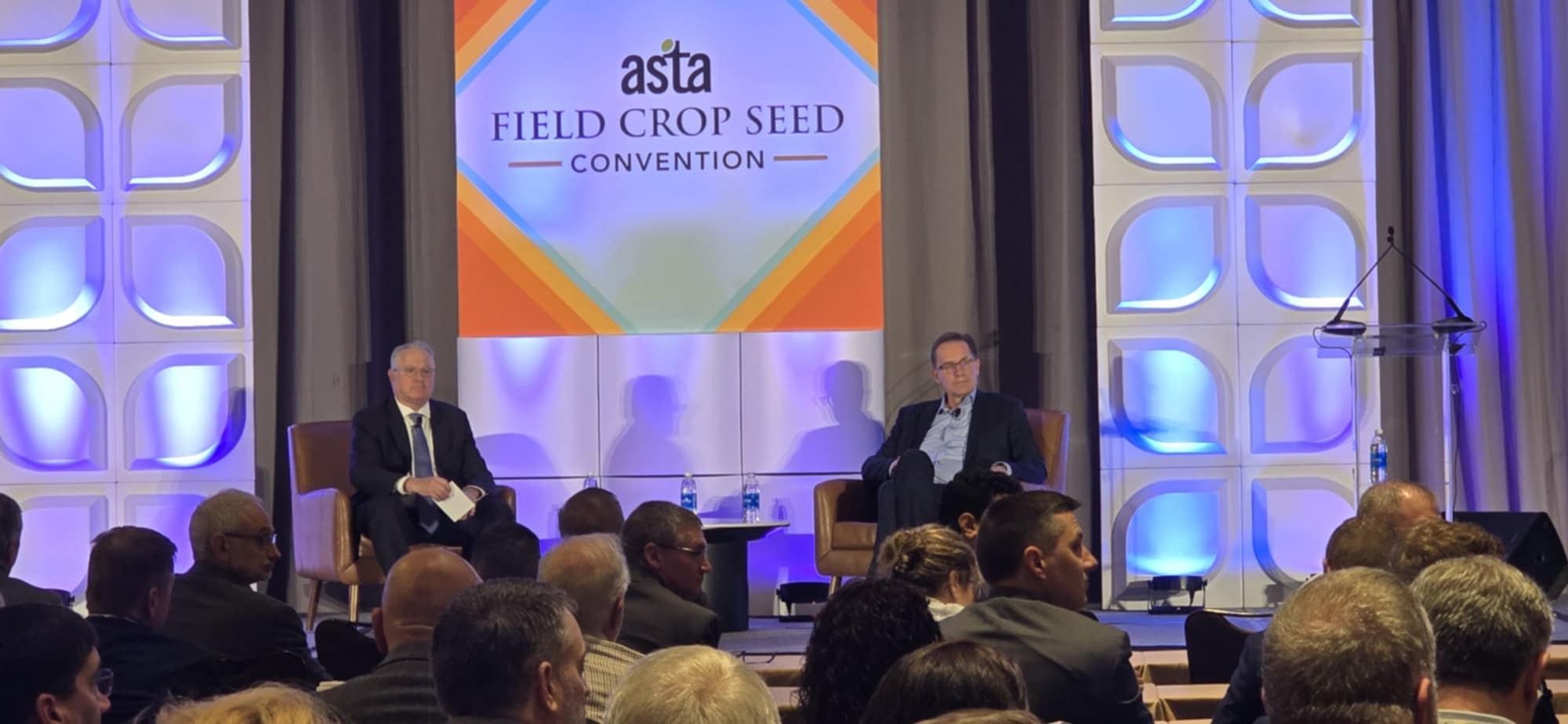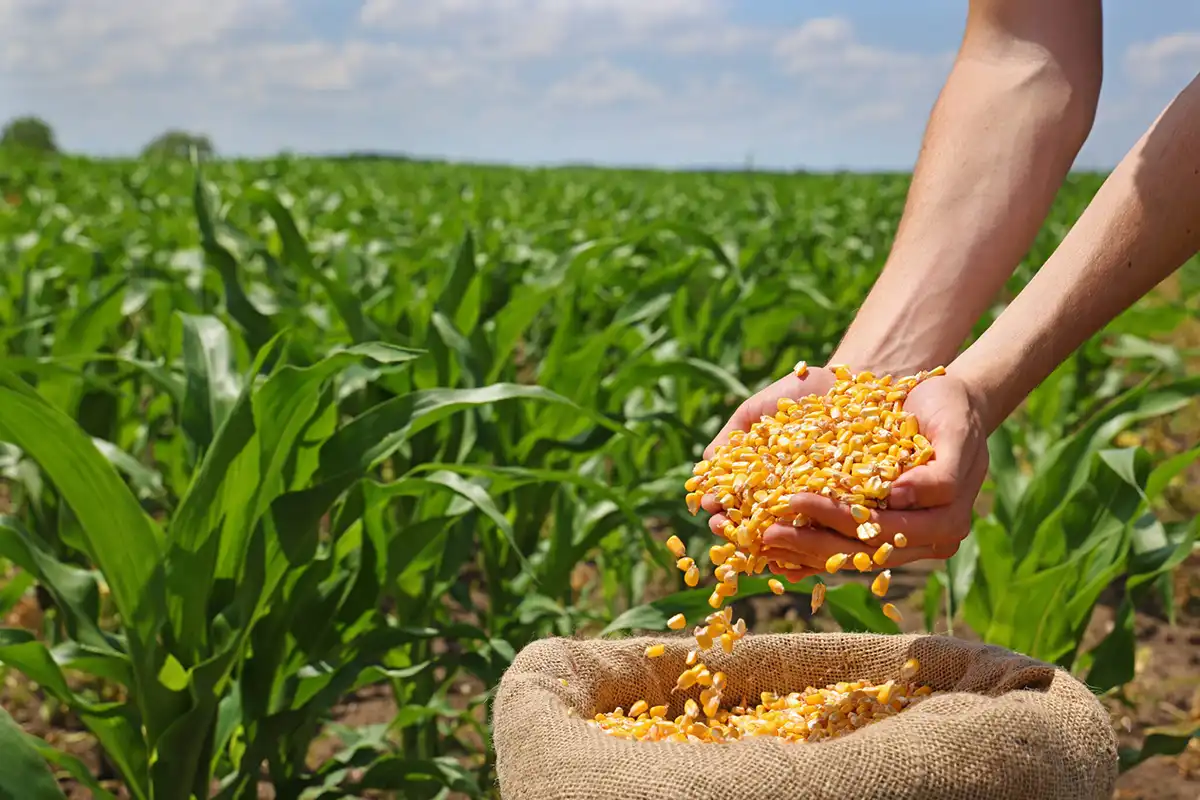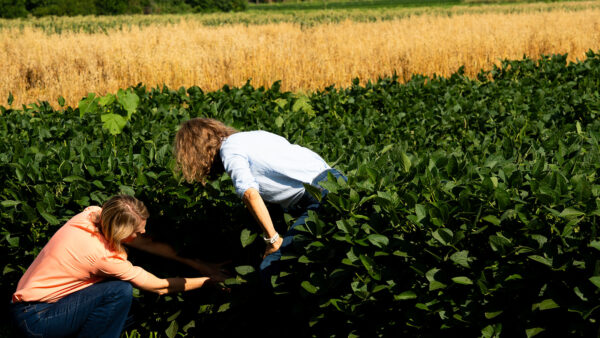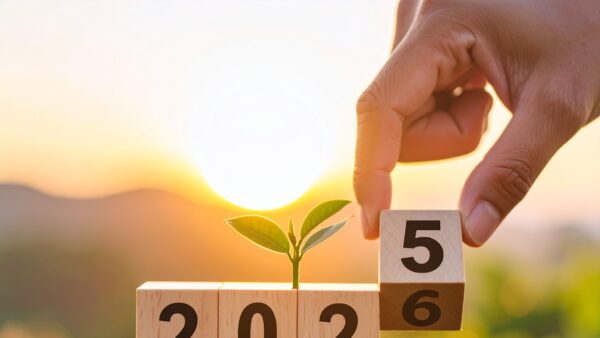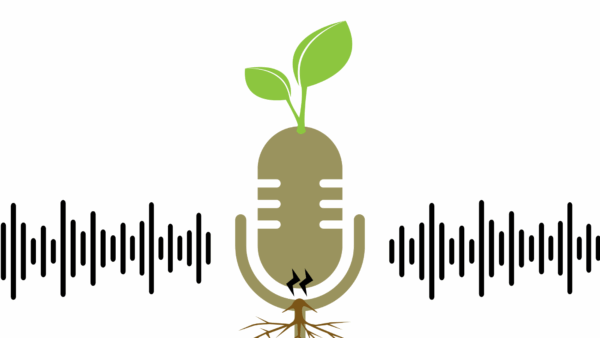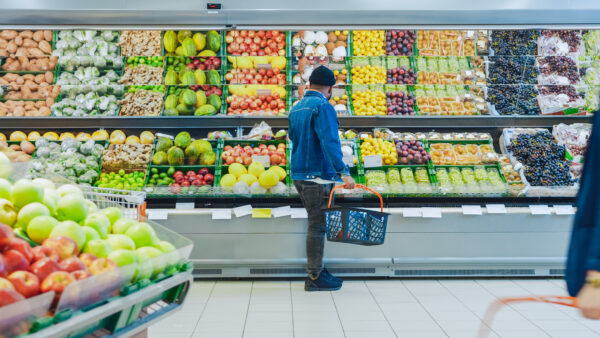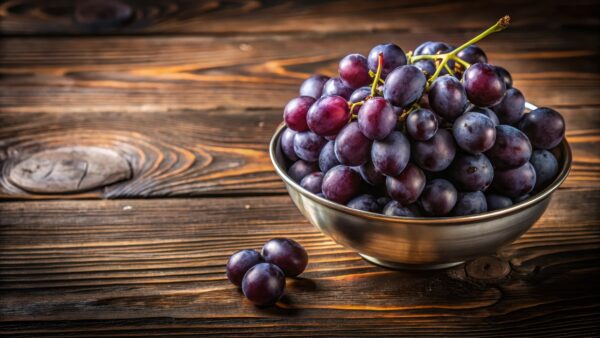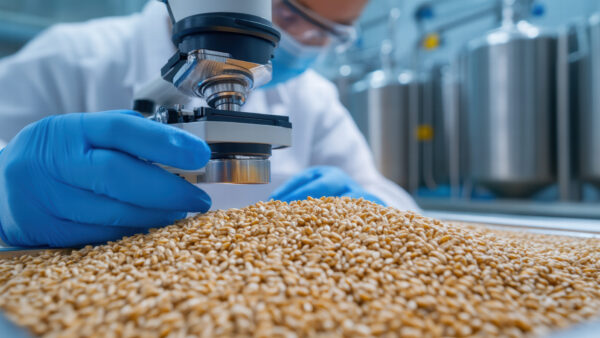Dan Basse gives the popular agriculture economic outlook at ASTA Field Crop Seed Convention.
At the 2024 American Seed Trade Association (ASTA) Field Crop Seed Convention, economist Dan Basse of AgResource Company captivated the audience once again with his much-anticipated agricultural economic update, unveiling dramatic shifts in global trade and farming economics.
Known for his candid, data-driven analysis, Basse provided a sweeping overview of the economic and geopolitical forces shaping the agricultural landscape, offering insights honed from 45 years in the industry. Packed with perspectives and data, Basse presented to a full house.
Global Geopolitics and the Decline of Globalism
“The world is changing quickly,” Basse began, emphasizing a fundamental shift in global trade dynamics that could redefine how and where agricultural products are produced and sold. “For the last 70 years, we had to come up with an idea for a new product, decide where we could produce it the most cheaply, and then sell it to the world. That was capitalism. Today, it’s not so simple.”
Pointing to a decline in globalism, Basse introduced the concept of a “duopoly,” describing an emerging economic and political divide between the United States and China.
“We’ve got two power centers economically and politically developing in the world. It’s China and the United States,” he said, noting the implications of this shift extend far beyond trade. “Globalism is dying. I don’t want to say it’s dead, but it’s dying.”
Brazil’s Agricultural Dominance
One of Basse’s central points was the growing dominance of Brazil in global agriculture.
“The most important growing season in the world is no longer in our backyard,” he asserted. “It’s down … in São Paulo and Paraná.”
Brazil’s record-breaking corn and soybean crops have solidified its position as a powerhouse, creating significant challenges for U.S. farmers who face mounting competition in export markets and declining market shares globally.
“Back in 1979, the United States controlled 68% of world grain trade. Today, we’re down around 12.5%,” Basse said. “Brazil now exports over 100 million metric tons of soybeans and 50 million metric tons of corn. They’ve become the world’s largest exporters of both crops.”
He cautioned that the expansion shows no signs of slowing.
“South America is increasing production by 20 to 25 million metric tons of corn and soybeans each year. That’s the equivalent of 750 to 900 million bushels annually, without a weather problem.”
Economic Challenges for U.S. Farmers
Turning his attention to the U.S., Basse painted a sobering picture.
“When I look at the price of corn and soybeans in Chicago today, it’s below the cost of production. Farmers are going to struggle,” he said, noting that rising government debt further compounds the issue. “We are now increasing debt by a trillion dollars every 100 days. The United States is on its way to $42 trillion in debt by 2027.”
Basse highlighted declining farm income as a major concern.
“This is going to be the worst year for net margins since 2005,” he warned. “Farmers are looking at Chicago, they’re looking at their costs, and they’re trying to decide where they can trade down or cut back.”
Despite these challenges, optimism among farmers has surged following the recent U.S. presidential election. “The ag barometer from Purdue and the CME skyrocketed,” Basse noted. “Farmers are the most optimistic they’ve been since the pandemic of 2020. It’s called President Trump. Every response indicated that their confidence in the U.S. farm economy took a big leap forward.”
Trade, Tariffs and the BRICS Alliance
Over the past few years, the U.S. agricultural trade balance has shifted, with imports outpacing exports in some instances. A $42.5 billion trade deficit suggests that the value of imports significantly exceeds exports, a departure from the historically positive contribution of agriculture to the U.S. trade balance. Basse underscored the role of trade deficits in exacerbating the struggles of U.S. agriculture.
“We used to contribute positively to the net trade balance of the United States,” he lamented. “The last three years, that hasn’t happened. This year, it’s estimated at a $42.5 billion trade deficit.”
China’s diversification of suppliers, particularly its reliance on Brazil for corn and soybeans, has dealt a significant blow. Bassee suggested that China’s boom is over.
“Brazil has now taken the crown as the largest seller of commodity goods to China,” Basse said. “Our estimate is somewhere around $43 billion.”
Meanwhile, the BRICS nations (Brazil, Russia, India, China and South Africa) are gaining economic clout. “Their combined GDP is now 32%, surpassing the G7,” Basse explained. “These countries also own 42% of the world’s oil and are stockpiling gold. This duopoly is reshaping global dynamics.”
The Road Ahead
Basse left the audience with a series of pressing questions about the future of agriculture.
“What can turn the grain cycle?” he asked. “One thing would be Mother Nature. Global weather is something that is far from certain, and we’re facing the warmest year on record in 2024.”
He also pointed to the imbalance between commodity and equity markets.
“Commodities are too cheap, or stock prices are too high,” he said. “Something’s going to give in the next three or four years, and I’m not quite sure which.”
With cautious optimism, Basse encouraged the audience to remain engaged and informed. His presentation was a reminder of the complexities and challenges facing agriculture. As the industry grapples with global shifts, rising competition, and economic uncertainties, one question looms large: How will farmers and policymakers adapt to secure a sustainable future? His data and insights provided a valuable roadmap for navigating the shifting tides of global markets, ensuring this ASTA Field Crop Seed Convention session remains one of the most impactful of the year.


